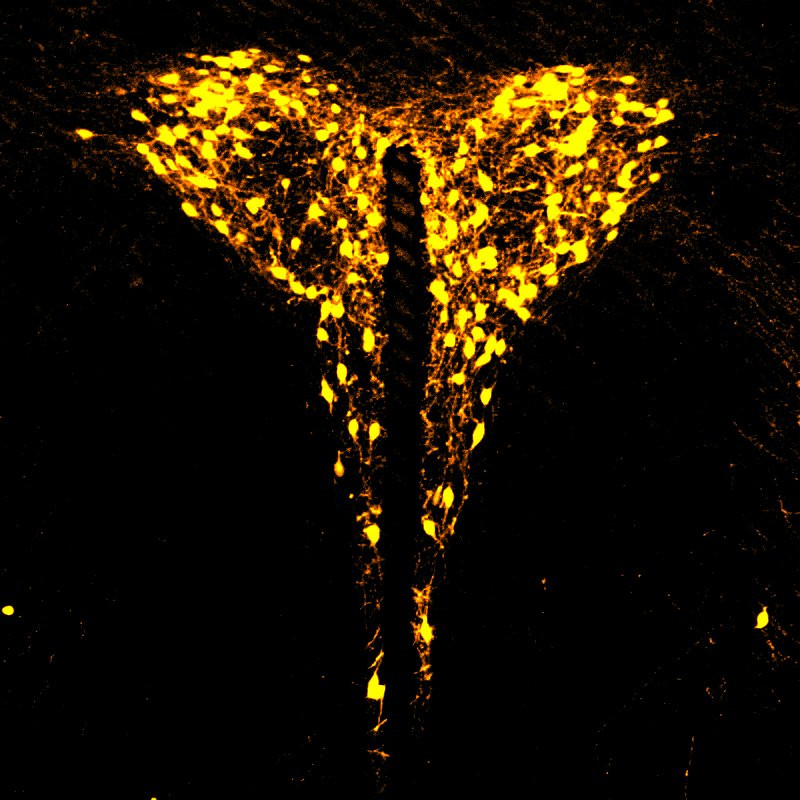News, SPPIN seminars
10 June 2025 – Stephanie RUDOLPH – A Mechanism for Amplifying Sparse Neuromodulatory Signals in Electrically Coupled Interneuron Networks
Prof Stephanie RUDOLPH, Albert Einstein College of Medicine, New York
SPPIN’s webinar 2025, 10 June at 11h, SPPIN common room, 3rd floor
A Mechanism for Amplifying Sparse Neuromodulatory Signals in Electrically Coupled Interneuron Networks


Behavioral adaptation requires neural circuits to flexibly integrate sensory inputs with internal states. Neuromodulatory molecules, including neuropeptides, enable this flexibility by transiently altering circuit computation. However, the mechanisms by which neuromodulators reliably influence circuit function remain unclear, especially given the sparse expression of their receptors in key target neurons like interneurons. We investigate peptidergic modulation in the cerebellar cortex, focusing on golgi interneurons, the main inhibitory neurons of the input layer. Using transcriptomics and electrophysiology, we show that despite oxytocin receptor expression in only a subset of Golgi cells, nearly all are activated by oxytocin. This broad activation is mediated by electrical coupling: oxytocin-driven depolarization spreads through gap junctions, enhancing inhibitory control over granule cells. Our findings suggest that electrical coupling provides a general mechanism that reconciles sparse receptor expression with efficient and robust neuromodulation in cerebellar circuits and beyond.
